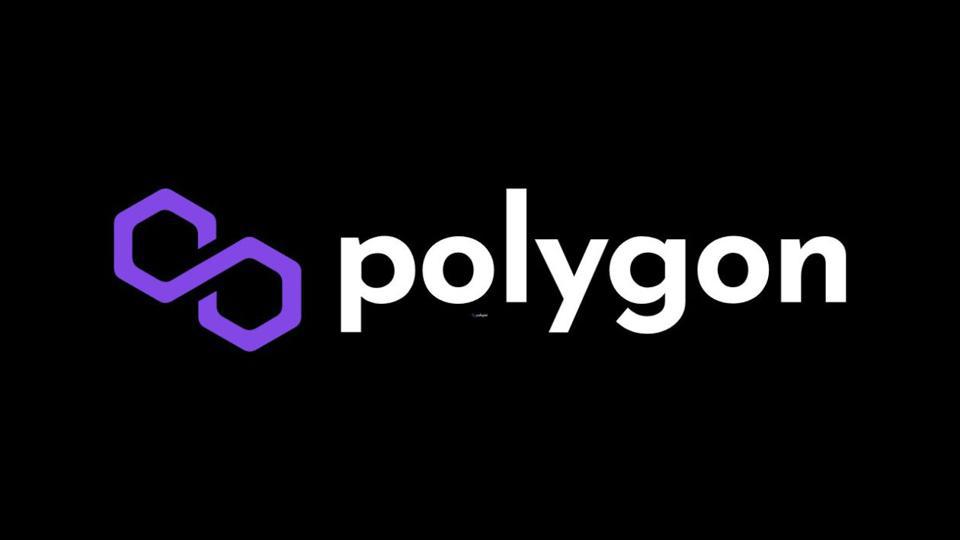- Optimizations will be made to Polygon zkEVM, Polygon announces.
- This will result in a 20 percent reduction in transaction fees.
In a recent tweet, Polygon Labs announced an update on its network fee structure. The announcement also details the overall changes made, as well as the many ways users can manage and optimize fee charges using different options.
According to the Twitter thread that has since gained notable traction, Polygon revealed that optimizations will be made to Polygon zkEVM in the coming weeks. With this change comes a reduction in transaction fees, which will be reduced by 20 percent.
It is worth noting that the change is not triggered by any compression. However, users still have the ability to optimize their fees today. In a lengthy thread, Polygon details the important tips and tools for the changes and updates relating to on-chain transactions and bridging transactions.
In the next few weeks, optimizations to Polygon zkEVM are expected to reduce fees by ~20%. This is without any compression. But there are many ways users can optimize for fees today.
In the next few weeks, optimizations to Polygon zkEVM are expected to reduce fees by ~20%. This is without any compression.
But there are many ways users can optimize for fees today. Follow the thread for tips and tools on:
– On-chain transactions
– Bridging transactions— Polygon (Labs) (@0xPolygonLabs) May 22, 2023
Transaction fees on Polygon zkEVM cover the cost of data availability and posting proof of Ethereum. Polygon zkEVM also publishes state data for each transaction processed. The fees also cover the expenses of running the servers that generate proofs.
Data availability coherently accounts for 80 percent of the fee for a transaction on the Polygon network. However, the data is still yet to be compressed. Additionally, Polygon reveals that the roadmap on data compression upgrades and EIP-4844 will be rolled out soon. Users on Polygon zkEVM can optimize fees today in a few ways.
Polygon shares tips to help users optimize fee charges
Users are advised to pay attention to timing for on-network transactions and await time periods where Ethereum is the cheapest.
For on-network transactions: Timing. Because most a tx fee is for the interactions with L1, wait for the times of day when Ethereum is cheapest.
Another timing too shared by Polygon advisors usees to wait until network activity on Polygon zkEVM is high.
This is counterintuitive, but fees on a roll-up go down as activity increases. This is because the cost of proof generation is amortized across all transactions.
As for new users attempting to bridge assets from Ethereum, fees are likely to be higher. However, Polygon offers a few options to aid with navigation. Users can use platforms like Transak to transfer tokens directly to the L2, and skip Mainnet fees altogether. Meanwhile, users with assets on other chains can use a third-party bridge instead of first bridging to mainnet. As for Proof of Stake (PoS) to Polygon zkEVM, users can turn to Layerswap as an option.
Recommended for you:
Subscribe to our daily newsletter!
No spam, no lies, only insights. You can unsubscribe at any time.




